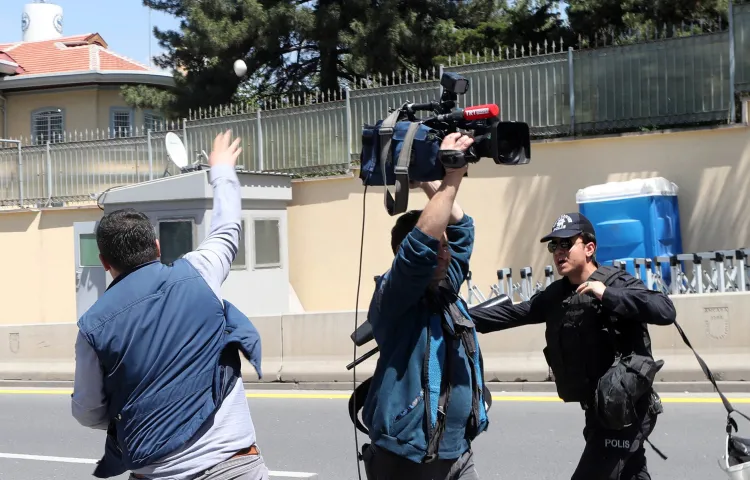
Situational awareness: A guide for journalists
When talking about journalist safety, security measures such as filling out a risk assessment, completing hostile environment awareness training (HEFAT), or using personal protective equipment (PPE) are often the first things to come to mind. However, one of the most important security measures in a journalist’s toolbox is the ability to maintain situational awareness and…
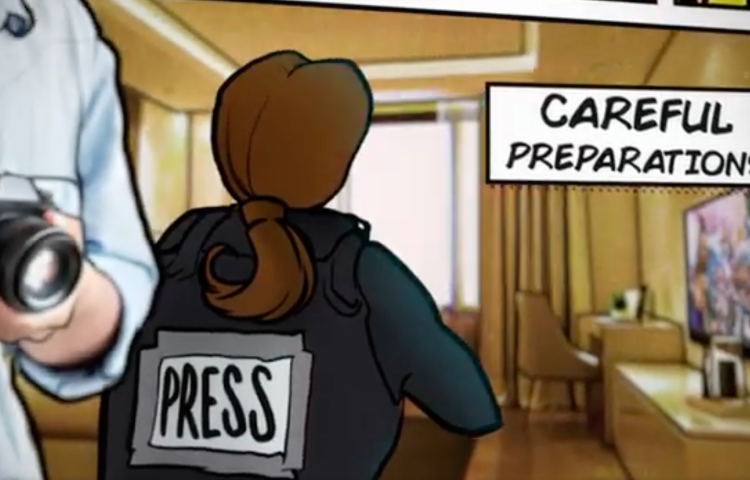
CPJ launches safety videos to support journalists covering unrest globally
Journalist assistance requests rose 24% in 2022 New York, February 16, 2023—The Committee to Protect Journalists on Thursday launched three new safety videos providing practical guidance to journalists covering unrest worldwide. Drawing on the organization’s expertise in emergency protection and safety, the videos will help journalists mitigate risk when covering protests and demonstrations. Reporting on…
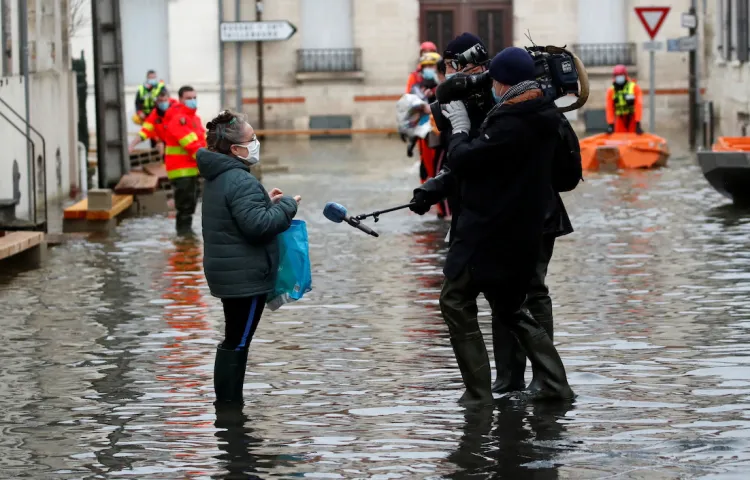
Physical Safety: Reporting during flash floods
Rising global temperatures are increasing the potential for flooding. Floods can occur not only during heavy rains, but also when ocean waves are being pushed onshore, when snow is melting quickly, or when dams or levees break. Flash floods are particularly dangerous, because they combine the destructive power of a flood with incredible speed. Flooding…

Physical Safety: Mines and unexploded ordnance
For journalists on the ground, mines and unexploded ordnance (UXO) pose a deadly threat, especially when they don’t know what to look for. Given an increased concern about the widespread use of these weapons in Ukraine, CPJ Emergencies has created this video and safety note to explain how to work safely in an environment where…
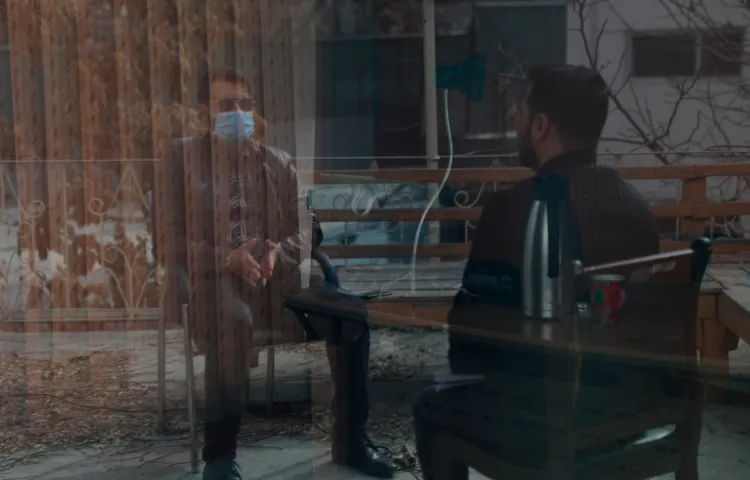
Digital and Physical Safety: Protecting Confidential Sources
Protecting confidential sources is a cornerstone of ethical reporting. When journalists have agreed to protect someone’s identity, they should make every effort to do so, especially in circumstances where a source could be arrested or harmed. Maintaining confidentiality has become more challenging due to increasing levels of digital surveillance and monitoring by authorities and the…
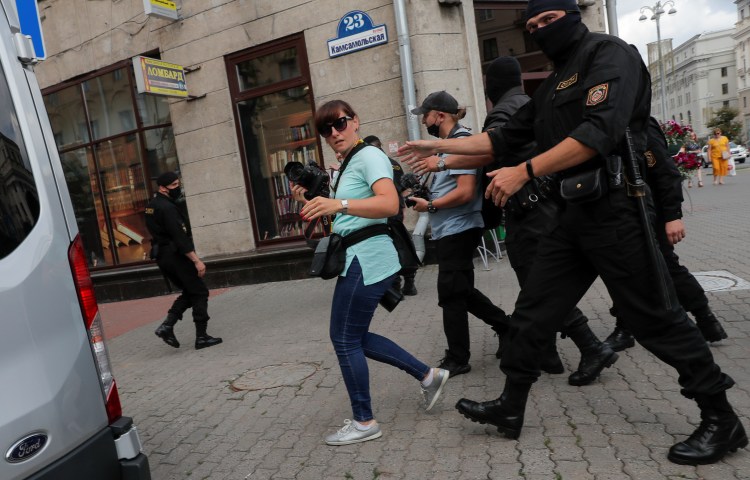
Physical and Digital Safety: Arrest and detention
Covering certain stories–such as human rights abuses, corruption, or civil unrest–can place you at a higher risk of arrest and detention, particularly in countries with authoritarian regimes or with a heavy militarized and police presence. When confronted by the authorities it is generally prudent to comply with their commands, even if they are not lawful,…
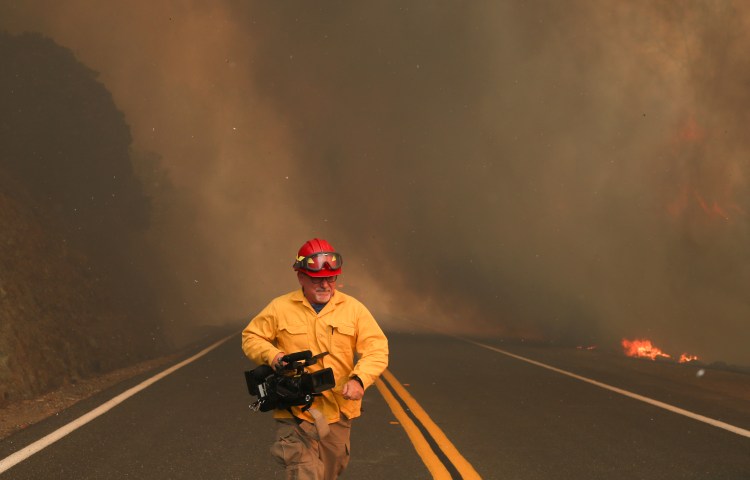
Physical Safety: Covering wildfires
Wildfires are becoming more frequent across the world and increasing in both severity and extent, according to Science Brief, a website that reviews peer-reviewed scientific studies on various topics, including climate change. Media workers covering any wildfire should be aware of the dynamic nature of such a disaster, and how a rapidly evolving situation on…
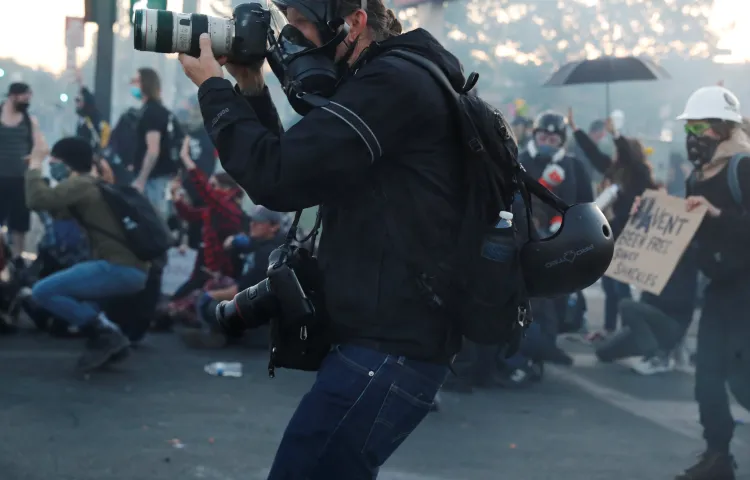
Editors’ Checklist: Preparing for U.S. protest assignments
Updated June 8, 2020 The following checklist enables commissioners and editors to understand how well prepared journalists and other media workers are as they cover U.S. protests over police violence. For additional safety information, please see CPJ’s Safety Advisory for covering U.S. protests over police violence. Select your staff after considering: As part of your…
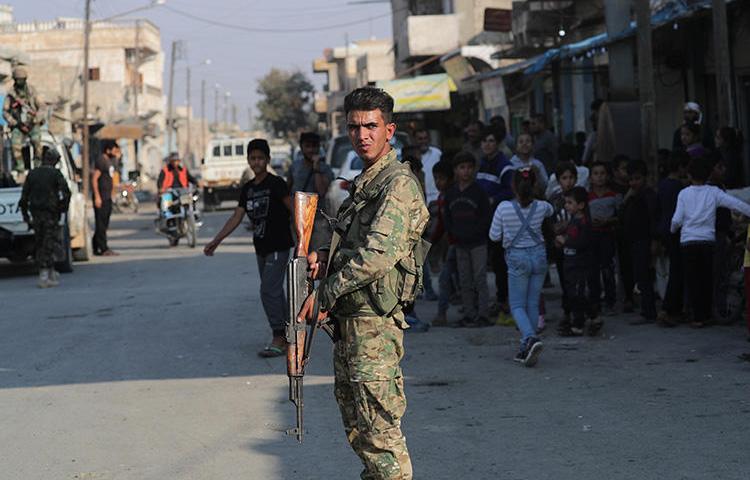
CPJ Safety Advisory: Covering Rojava and northern Syria
Following Turkey’s military incursion into northern Syria in October, dozens of local and international journalists have reported on developments from the region. The military action has increased risks for journalists, with at least three killed during Turkish airstrikes last month, according to CPJ research.
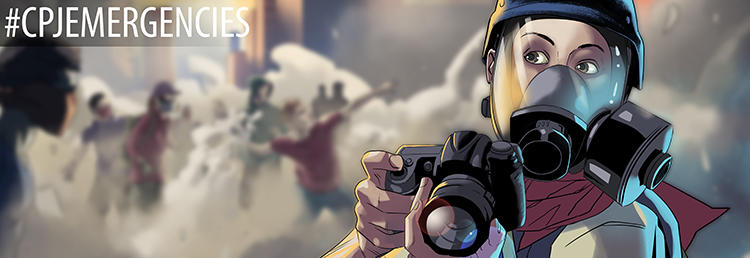
Physical Safety: War Reporting
Reporting from the front lines of a conflict is one of the most challenging assignments a journalist can undertake. All war correspondents should have hostile environment training, up-to-date medical training, and the correct safety equipment before going on assignment in a conflict zone.